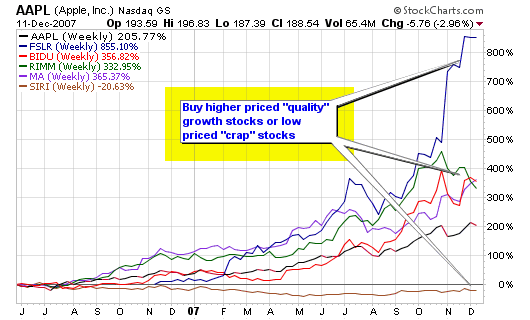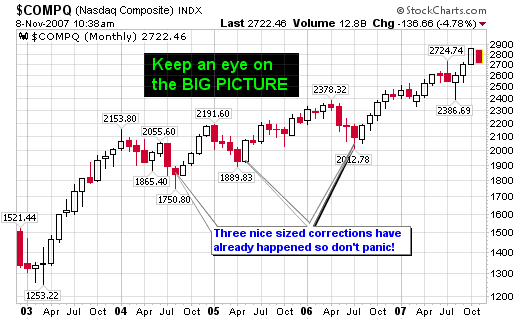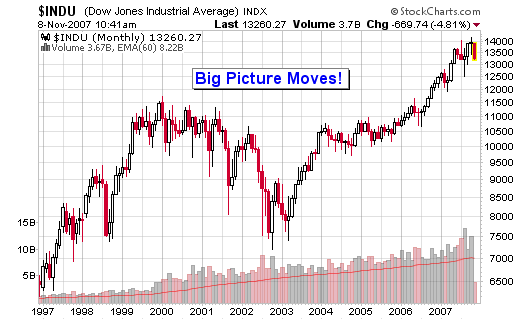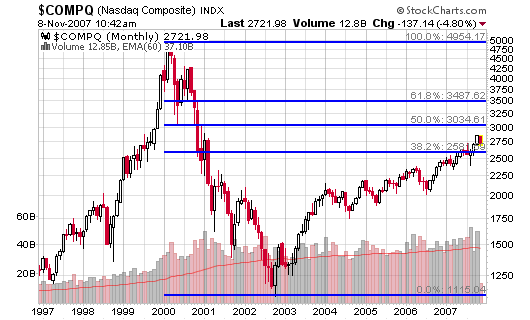How many of these are holding you back?
All text below quoted by Napoleon Hill from the book (list published in 1937):
Life’s greatest tragedy consists of men and women who earnestly try, and fail! The tragedy lies in the overwhelmingly large majority of people who fail, as compared to the few who succeed.
I have had the privilege of analyzing several thousand men and women, 98% of whom were classed as “failures.” There is something radically wrong with a civilization, and a system of education, which permit 98% of the people to go through life as failures. But I did not write this book for the purpose of moralizing on the rights and wrongs of the world; that would require a book a hundred times the size of this one.
My analysis work proved that there are thirty major reasons for failure, and thirteen major principles through which people accumulate fortunes. In this book, a description of the thirty major causes of failure will be given. As you go over the list, check yourself by it, point by point, for the purpose of discovering how many of these causes-of-failure stand between you and success. (This can and does apply to trading – trading for a living is a business)
- UNFAVORABLE HEREDITARY BACKGROUND. There is but little, if anything, which can be done for people who are born with a deficiency in brain power. This philosophy offers but one method of bridging this weakness—through the aid of the Master Mind. Observe with profit, however, that this is the ONLY one of the thirty causes of failure which may not be easily corrected by any individual. (not sure if I agree with this one, especially at #1)
- LACK OF A WELL-DEFINED PURPOSE IN LIFE. There is no hope of success for the person who does not have a central purpose, or definite goal at which to aim. Ninety-eight out of every hundred of those whom I have analyzed, had no such aim. Perhaps this was the…see #3
- LACK OF AMBITION TO AIM ABOVE MEDIOCRITY. We offer no hope for the person who is so indifferent as not to want to get ahead in life, and who is not willing to pay the price.
- INSUFFICIENT EDUCATION. This is a handicap which may be overcome with comparative ease. Experience has proven that the best-educated people are often those who are known as “self-made,” or self-educated. It takes more than a college degree to make one a person of education. Any person who is educated is one who has learned to get whatever he wants in life without violating the rights of others. Education consists, not so much of knowledge, but of knowledge effectively and persistently APPLIED. Men are paid, not merely for what they know, but more particularly for WHAT THEY DO WITH THAT WHICH THEY KNOW.
- LACK OF SELF-DISCIPLINE. Discipline comes through self-control. This means that one must control all negative qualities. Before you can control conditions, you must first control yourself. Self-mastery is the hardest job you will ever tackle. If you do not conquer self, you will be conquered by self. You may see at one and the same time both your best friend and your greatest enemy, by stepping in front of a mirror.






Connect with Me